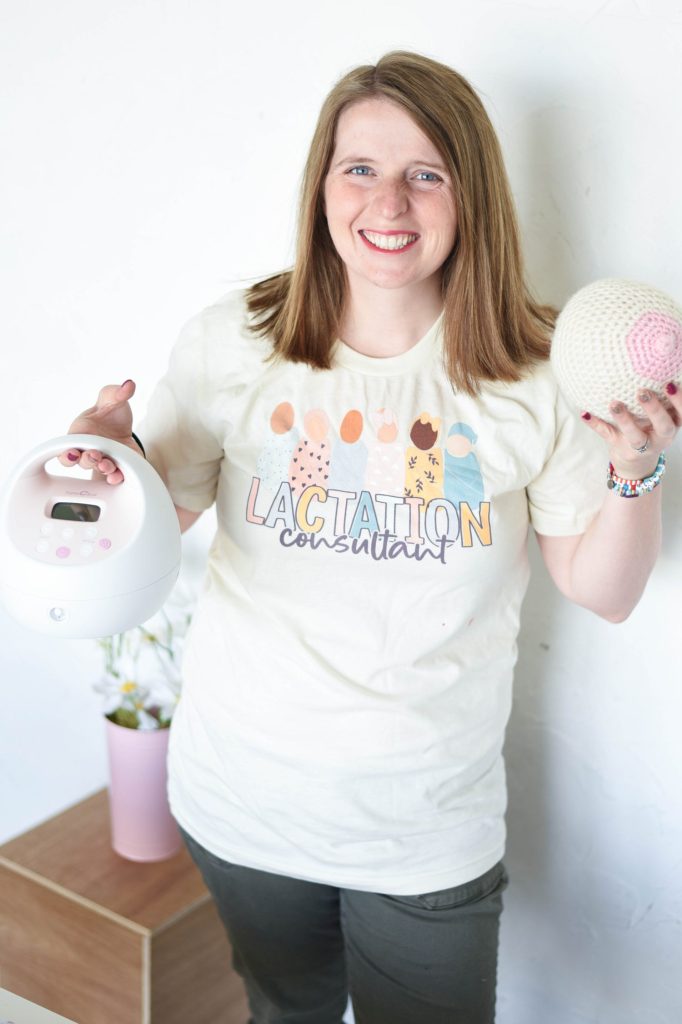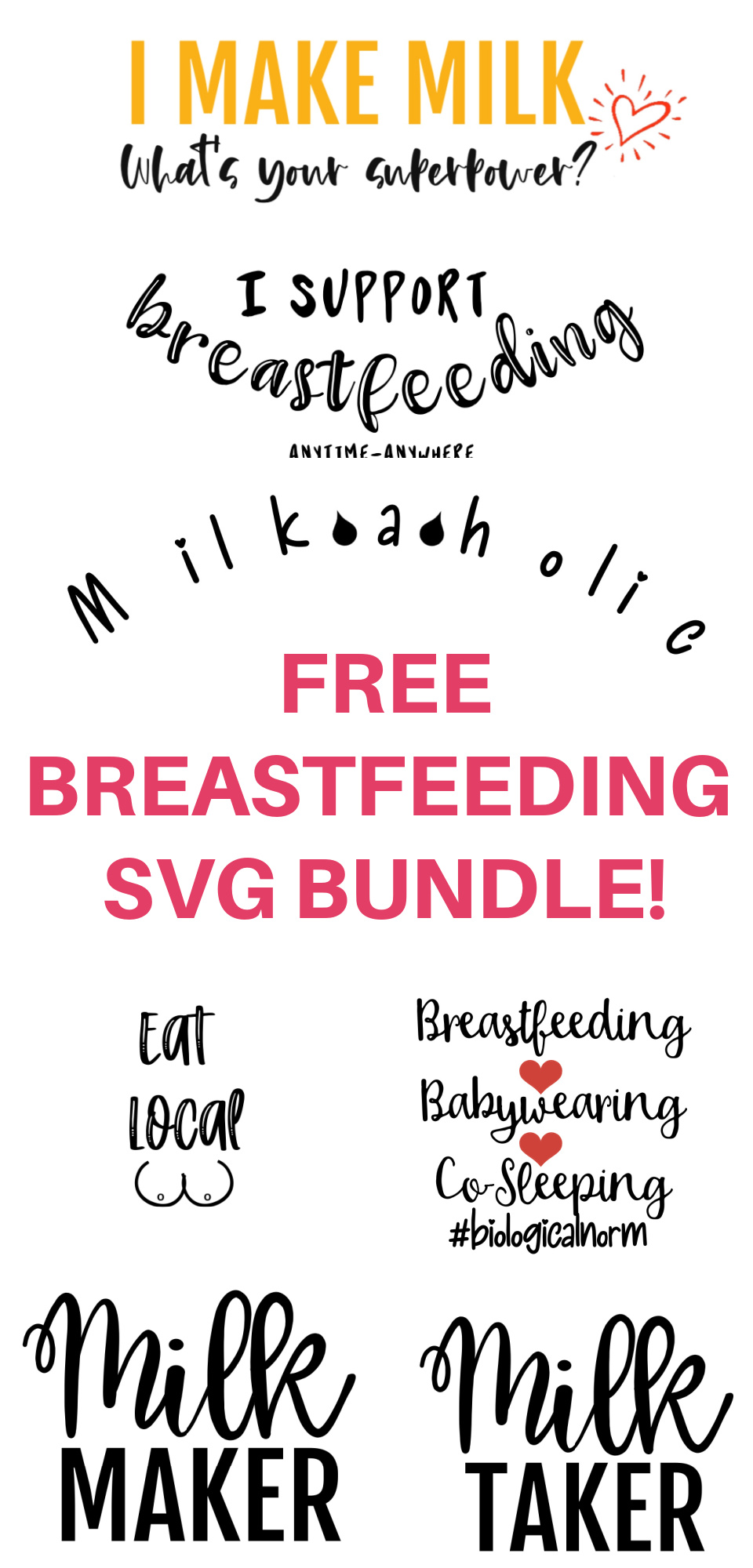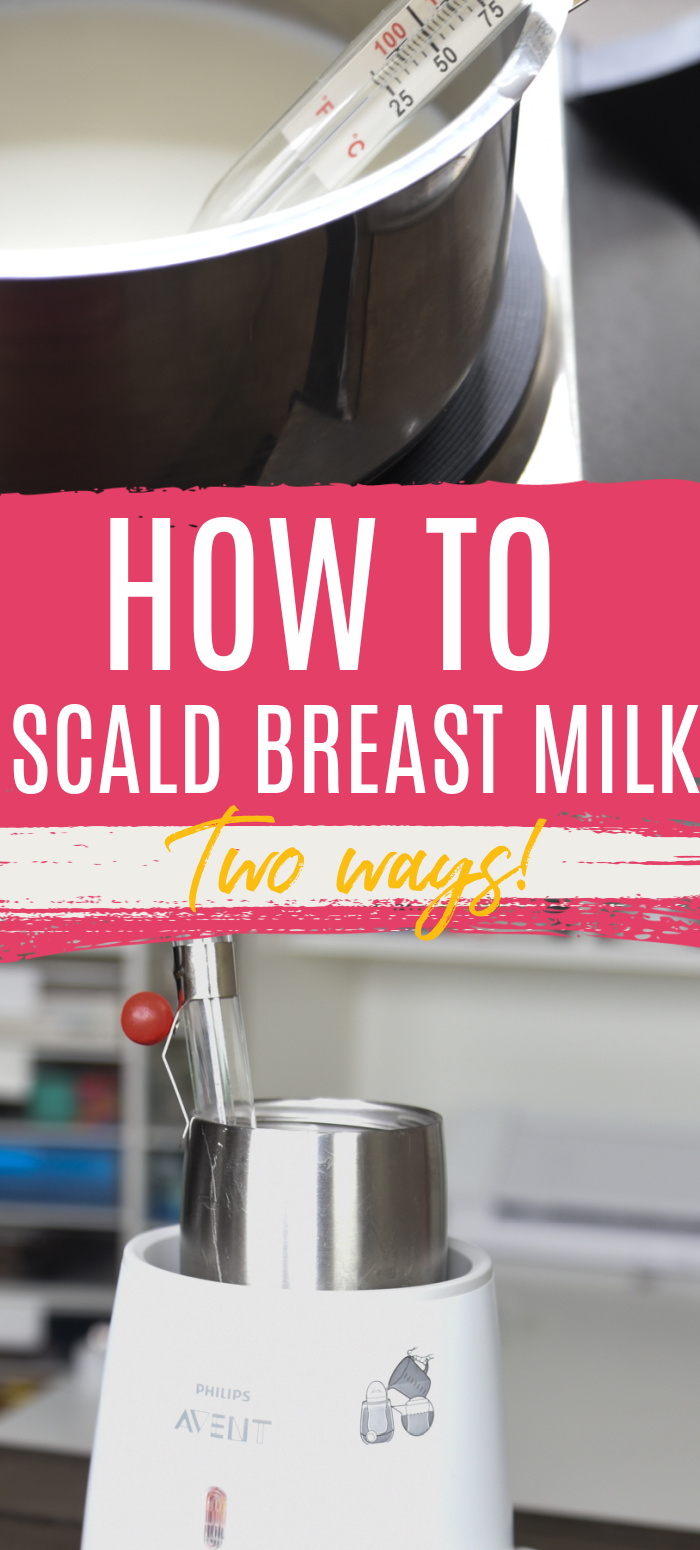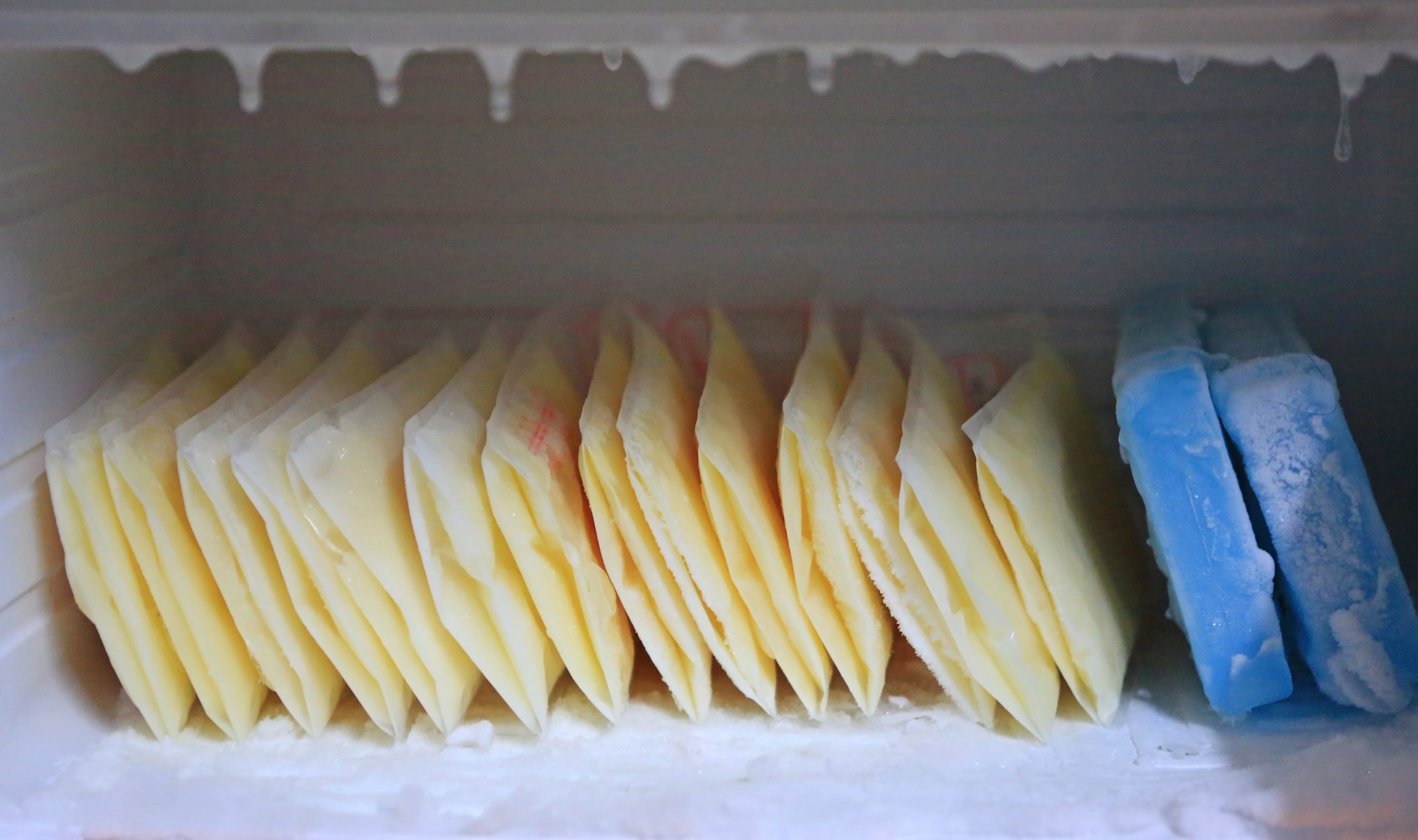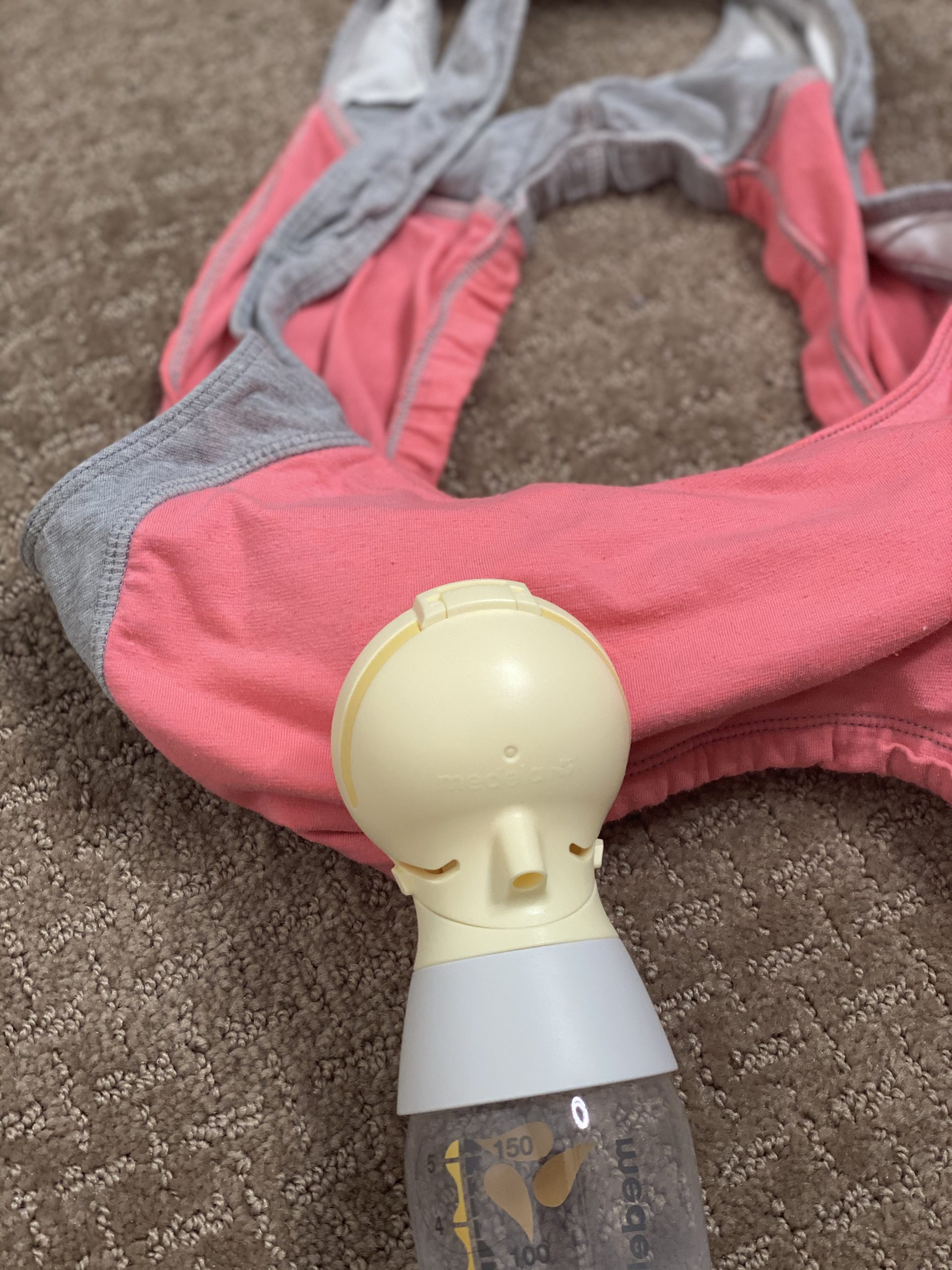If you’re a breastfeeding mom, then you’ve probably dealt with bottle refusal at some point. It can be frustrating and discouraging, but don’t worry – there are ways to overcome it. Here are 10 tips for dealing with bottle refusal in breastfed babies.

It can be tough to get your baby to take a bottle.
Bottle refusal is common in breastfed babies, but that doesn’t mean you have to give up and switch to formula. There are ways to overcome it.
Follow these 10 tips for overcoming bottle refusal in breastfed babies and you’ll be on your way to success. Check out this article for more breastfeeding with bottle feeding tips.
- Get Baby Used to the Artificial Nipple
- Choose the Right Nipple
- Let Baby Lead the Way
- Start with a Small Amount of Milk
- Feed in a Quiet, Relaxed Environment
- Make It Fun
- Positive Reinforcement
- Try Different Types of Bottles
- Distract the Baby
- Try Different Times of Day
- Keep it Short and Sweet
- Time it Right
- Stop if Anyone Gets Frustrated
- Baby Still Not Taking the Bottle?
- Try Different Types of Nipples
- Try Different Temperatures
- Change Up Your Routine
- Trial a Straw/Sippy Cup
- Try Different Positions
- Chiropractic Care
- Evaulate for Oral Restrictions
- Remember, You’re Not Alone
- More Articles You May Enjoy:
Get Baby Used to the Artificial Nipple
The first step is to get your baby used to the artificial nipple. Place it in their mouth and let them suck on it for a few minutes each day. Don’t attach it to a bottle or anything – just let them explore it and get used to it.
Choose the Right Nipple
There are a lot of different bottle nipples out there – and, despite what marketing would have you believe, the ones that claim to be “shaped like the breast” rarely are the best ones.
You want to look for narrow bottle nipples. These encourage your baby to suckle using a wide gape. This is due to it allowing most babies to latch onto the widest part of the bottom.
Bottles with this kind of nipple include:
- Dr. Brown’s
- Lansinoh
- Evenflow Balance+
I also recommend using the slowest flow nipple you can find. However, if you have an overactive letdown at the breast, your baby might prefer using a faster flow. While I don’t normally recommend faster-flow nipples, when a baby is rejecting the bottle, it might be worth it.
Let Baby Lead the Way
When it comes time to actually start feeding with the bottle, let your baby lead the way. Don’t try to shove it in their mouth or force them to take it. Instead, let them approach it on their own terms and decide when they’re ready to start sucking.
This may mean that the first few feedings are slow going, but it’s important to let your baby take the lead. You should tickle their lips and let them draw the bottle into their mouth.
While paced feeding is always the best option for bottle feeding, you may need a more relaxed approach in the beginning.
Start with a Small Amount of Milk
The last thing you want to do is waste precious breast milk – so just a small amount of milk in the bottle. It can also help the process seem less overwhelming. This will help them get used to the feeling of sucking without being overwhelmed by too much milk.
You can always increase the amount of milk as they get more comfortable with taking a bottle – our breast milk calculator can help you determine the correct amount.
Feed in a Quiet, Relaxed Environment
When you’re first starting out, it’s best to feed your baby in a quiet, relaxed environment. This will help them feel more comfortable and less overwhelmed.
Turn off the TV, dim the lights, and take a few deep breaths before starting the feeding.If you are in public or around a lot of people, you can try using a nursing cover or blanket.
Make It Fun
One way to make bottle-feeding more enjoyable for your baby is to make it fun. Try singing songs, playing games, or reading books while they’re eating. Just do whatever you can to make it a positive experience!
Positive Reinforcement
It’s important to use positive reinforcement when your baby is taking a bottle. This means offering praise and encouragement when they do well.
Try Different Types of Bottles
If your baby is having a hard time with a traditional bottle, then you might want to try a different type. There are lots of different options available, so you’re sure to find one that works for your family.
Some parents find that their baby does better with a soft silicone bottle or even a cup with an attached straw.
More reading on this topic: 8 Bottles For Breastfeeding Babies Who Refuse Bottles (From Experienced Moms)
Distract the Baby
If your baby is getting frustrated with bottle-feeding, then try to distract them. This could mean playing a game, singing a song, or even just tickling their toes.
The goal is to help them forget that they’re eating and just relax.
Try Different Times of Day
If you’re having trouble getting your baby to take a bottle during the day, then try offering it at different times. Some babies do better in the morning, while others are more likely to take it at night.
Keep it Short and Sweet
Don’t try to force your baby to take a bottle if they’re not interested. It’s important to keep the feedings short and sweet.
If your baby starts to get fussy, then stop the feeding and try again later.
Time it Right
One of the most important things to remember when bottle-feeding is to time it right. Try to offer the bottle when your baby is sleepy but not too tired, and hungry but not starving.
This will help them be more likely to take the bottle and less likely to get frustrated.
Stop if Anyone Gets Frustrated
If your baby or you start to get frustrated, then it’s time to take a break. This isn’t going to be easy, but it’s important to remember that everyone needs a break sometimes.
Try again later when everyone is feeling more relaxed.
Baby Still Not Taking the Bottle?
Try Different Types of Nipples
There are all sorts of different types of nipples on the market, so it’s worth trying a few to see what your baby likes best. Some nipples are faster flowing, while others are slower. There are also different shapes and sizes. You’ll just have to experiment until you find the perfect fit for your baby.
Try Different Temperatures
Some babies prefer their milk to be warm, while others like it cold. You can try heating up the milk or putting it in the fridge for a bit to see what your baby prefers.
You should also make sure your milk doesn’t have high lipase. While harmless, if it tastes funny, your baby might reject it!
Change Up Your Routine
Sometimes, all your baby needs is a change of scenery. If you’ve been stuck in a bottle-feeding rut, then try taking your baby for a walk or going to a different room in the house.
This can help them relax and be more open to trying something new.
Trial a Straw/Sippy Cup
If your baby is older (sometimes as young as four months), it can be easier to introduce a sippy cup or a straw cup than trying to force a bottle.
A lot of lactation consultants I know recommend the “honey bear” straw cup. It is easy for a baby to squeeze and get milk.
Try Different Positions
It can be helpful to try different positions when you’re feeding your baby with a bottle. Some babies prefer to be held upright, while others like to lie down. You can try and bottle feed in a cross cradle position to make it more similar to breastfeeding. I do recommend more of a seated position rather than laying down.
Experiment until you find a position that your baby is comfortable in.
Chiropractic Care
If you’re still having trouble getting your baby to take a bottle, then you might want to try chiropractic care. A certified chiropractor can help to realign your baby’s spine and improve their overall health. This could be just what they need to start taking a bottle.
More reading on this topic: 5 Ways Infant Chiropractic Adjustment Can Help Breastfeeding
Evaulate for Oral Restrictions
If your baby is having a hard time sucking or swallowing, then they may have an oral restriction. This is when the muscles in the mouth don’t work correctly, which can make it difficult to eat and drink.
A
More reading on this topic: Tongue Tie Post Revision Care: Tips for Success + Printables
Remember, You’re Not Alone
If you’re feeling frustrated, then it’s important to remember that you’re not alone. There are plenty of other parents who have been in your shoes and come out the other side.
What did you find most helpful with helping your baby who rejected a bottle? Let us know in the comments!

